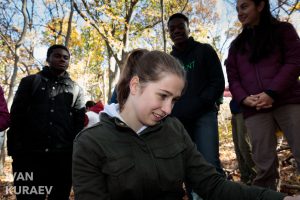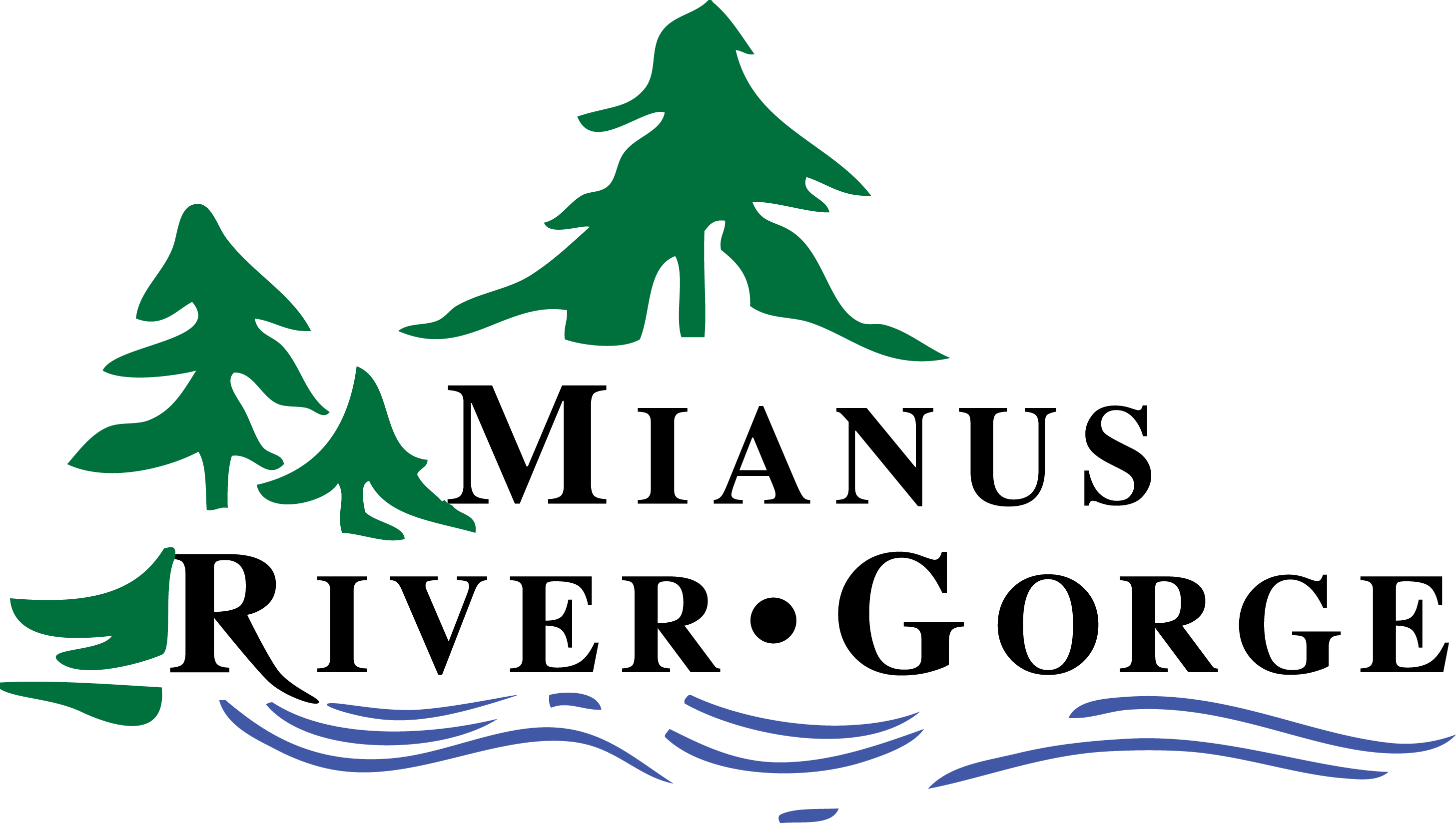
Wildlife Tech Class of 2018
High School for Environmental Studies
Mentor: Chris Nagy (MRG)
Project: Using count (N-mixture) models to model habitat and socioeconomic factors as predictors of coyote site use in NYC
Project Status: Completed
Project Description:
Coyotes have now colonized several parks in the borough of the Bronx, the only mainland portion of NYC, and are poised to make their way onto Long Island. Researchers and managers are interested in finding patterns of habitat use that could be used to predict where coyotes will ultimately flourish in NYC and, eventually, Long Island. However, prior habitat modeling on the NYC population has failed to find any meaningful habitat-site occupancy patterns based on detection/nondetection data from camera traps. In this study, I analyzed the relationship between coyote photographs and potential habitat and socioeconomic explanatory variables using count based (N-mixture) models, where the number of coyote observations from a camera in a 4-week period was considered a discrete count. In this case, rather than estimating abundance, lambda was interpreted as an index of site use or use intensity and might provide a more granular measure of habitat suitability. Habitat and geographic variables I tested were canopy cover, forest, patch size, and total habitat Socioeconomic variables included vacancy, population density, housing density, and mean income. I also included two categorical variables: “season” (pup-rearing” or “non-pup-rearing”) and “Bronx”. Overdispersion and variability of counts within and among sites were all high (c-hat = 1.55) leading to a wide range of site-specific detection histories without any clear correlations between estimated detection rate and any of the predictor variables. For use intensity, there was a strong positive correlation between use and the “Bronx” variable, where Bronx sites had much higher predicted use scores. Also, winter had higher use scores than summer overall. Model-averaged predictions indicated that of the sites tested, both the Bronx and Queens had suitable environments, and coyote use intensity depended primarily on accessibility on a landscape scale and not individual site quality.
